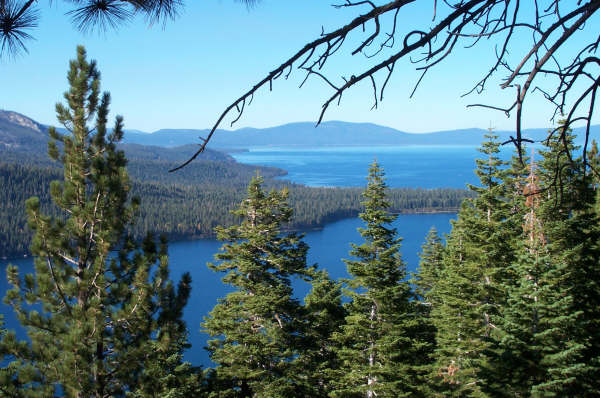Hi Karen and All,
thanks for an excellent (and beautiful) talk on visual media - http://townsendgroups.
One of my first forays into a closely related topic was a study of St. Kilda as virtual place in nascent multimedia in 2003-2004. As a University of Edinburgh ethnology student in the department of Celtic and Scottish Studies, I interviewed guest book signers by email (a form of person-to-person ethnographic communication) and how they were engaging the National Trust for Scotland's beginning virtual representations of St. Kilda as place - http://www.kilda.org.uk/ - such as 360 degree Quicktime movies, photos of all of this island archipelago including the wildlife with many sounds plus similar media; their web site is still up and in a sense is also still a virtual field site. Since St. Kilda is very difficult to get to - one basically has to hire a yacht - I wanted to know to what degree and in what ways people from around the world were visiting this UNESCO World Heritage Site remotely via early virtual reality and how, as part of two networks, the Internet and UNESCO WHS. Were guest-book signers - informants as it were - all co-creating place in the guest book or in their responses to my questions? And yes, in a beginning way, they were, my research showed.
There are kinds of similarities to the place-centricity of young Muslim women co-creating Copenhagen and Denmark on their smart phones in your talk. :)
There are more virtual "place" resources here in my blog label on place - http://scott-macleod.
Thanks for a fascinating talk on Denmark smartphone use among a minority population. Your ethnographic documentary video-making is beautiful as well as generative.
All the best, Scott
*

...







No comments:
Post a Comment